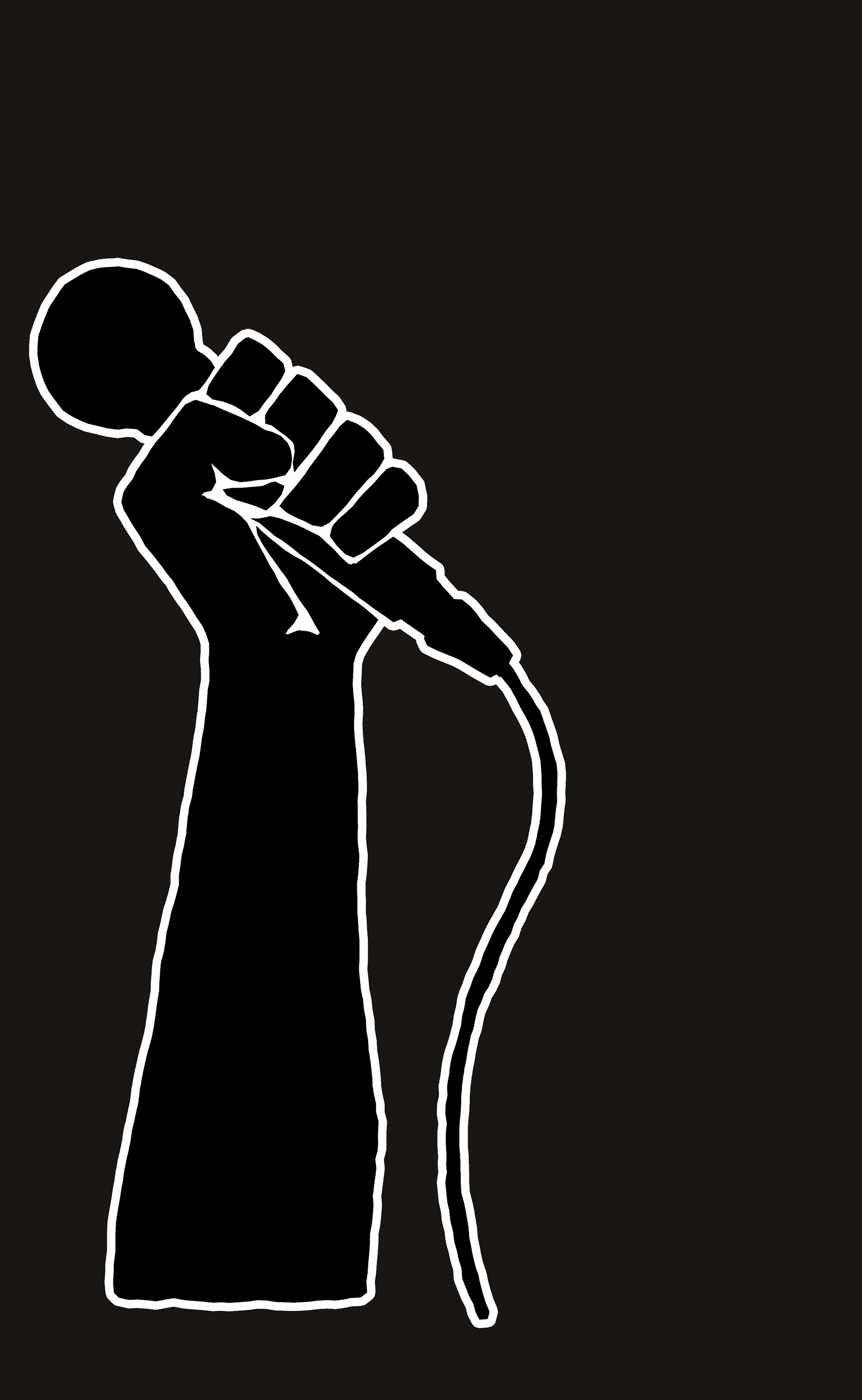The Hazelrigg Industries VDI is a single channel, all-triode, vacuum tube-based DI featuring the same circuit from the D.W. Fearn VT-I/F and VT-3. The VDI offers an uncomplicated design: Instrument Input, instrument Thru to amp, ground lift, an XLR output that runs at mic level, and an IEC connector feeds the internal power supply. While spending time with the VDI these past few weeks, I focused not only on the sound of the DI itself but also on how it performed as a transfer medium for guitar and bass re-amping. Since the VDI needs to be plugged into an external mic preamp to bring the signal to line level before your DAW, all my testing was done with an Undertone Audio MPDI-4 [Tape Op #109] set with both transformers and load switches turned off. I wanted to hear and review the VDI's performance in its purest form without any coloration from a microphone preamp.
I've been struggling to find a way to describe the sound of Hazelrigg Industries VDI without making contradictory statements here. To my ears, anything I've run through this box sounds remarkably true to the sound of the original source, transparent – for lack of a better word, yet with an enhanced dimension and realism compared to most DI boxes I've come across to date. Most typical DI tones are a little boring and flat sounding to my ears. The VDI offers rich musical tones right out of the gate. I did a little research on the VDI circuit design, and found that the goal of this particular box is meant to enhance second-order harmonics, as is the case with a lot of tube-based equipment. In my opinion, it's those harmonics that helps in highlighting the definitive uniqueness of musical instruments.
I was lucky enough to get to work on some original songs with members of the band Tigerwine facebook.com/tigerwinemusic, and they were kind enough to let me use them as test subjects while reviewing the VDI. Initially, we tracked drums, then jumped into some overdubbing with a Fender Precision bass into the VDI – straight Pro Tools with no amp (yet). I used the Thru output from the VDI to my rack mount tuner, so we could check tuning while keeping the tuner itself out of the signal path during tracking. We were going for a grimy tone, so I loaded up a SansAmp PSA-1 plug-in with Universal Audio's Ampeg SVT-VR UAD plug-in as a placeholder bass tone, with plans to re-amp a final sound once the performance felt right. This particular bass was one that I've owned for years – I've recorded it countless times in this same manner. I was pleasantly surprised how alive the bass sounded even with the placeholder amp plug-in simulations. The guitarist asked me multiple times if I'd re-amped the bass tone yet – he couldn't believe how well the tone was already sitting. Fooled! We used the same signal path for guitar tracking, swapping out the plug-ins for placeholder tones, and adjusting the preamp gain accordingly. Then we prepped for re-amping.
Re-amping is a huge part of my workflow. Almost every project I work on now incorporates this process in some way. I've spent a lot of time researching and trying out different DI boxes that have the least amount of coloration and signal loss. I want my re-amps to sound identical to plugging a guitar right into the amp. The boxes I've relied on heavily to date are the Avalon U-5 active DI [#28], and Undertone Audio's MPDI-4 (with all color settings turned off). Needless to say, I was eager to throw the VDI in the ring against these two heavy hitters. After re-amping all the guitars and bass, I was quite pleased with the final sounds. All the final re-amped tracks had this interesting polish that I'd never quite achieved with my current DIs. Not better or worse; just different. The clean guitar tracks, especially, had a nice gloss to them, plus a subtle boost of extra shimmer and chime without any additional EQ. I am a guitar player myself and am always chasing the classic tube amp snarl you get when you dig into the guitar and make the amp break up a bit. I felt like the VDI enhanced that dynamic in my playing even further – maybe the VDI's tube was acting as a thickening agent? A few weeks after that project, I was asked to play session bass on a couple of tunes. I tracked using my Fender Squier Mustang bass (that I call "El Cheapo") with flatwound strings, straight into the VDI, then added a little compression to taste to achieve instant Beatles-style vibes!
In summary, the Hazelrigg Industries VDI is a most excellent box to have around the studio. I would think this would be a valuable asset for anyone fond of direct bass or keyboard tones but might be looking for some extra polish. I'll admit the VDI is a bit pricey relative to other DI boxes, however, it's now the first box I grab from the shelf when I need a workhorse for my sessions.
Buy From Vintage King
Buy From Reverb




_disp_horizontal_bw.jpg)